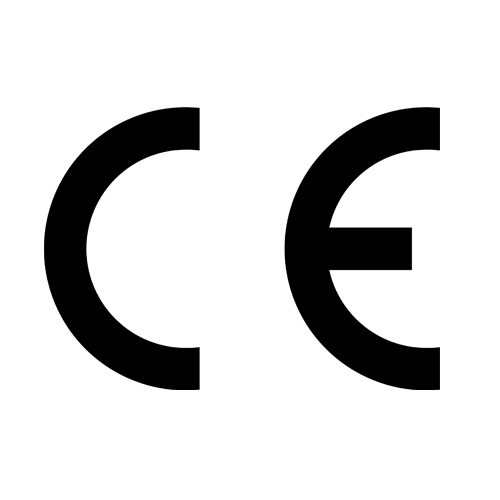On the market LED lights with different efficiency levels are available. This means you can get LED lamps with 5 watt power consumption, which have a brightness of 300 lumens. And there are other 5 Watt LED lamps, which reach a brightness of 400 lumens.
A 75 W halogen lamp has a brightness of about 1200 lumen and should be replaced by LED lamps. To maintain the brightness, four LED lightings of the 300 lumen version could be used. However, with the 400 lumen model, only three lamps would be needed. The difference between these two options ranges from 15 to 20 watts and has a direct impact on power draw.
The power consumption of LED lights can be calculated easily. To do this, simply multiply the specified power consumption with the light duration. The light duration refers to the time when the lamp is switched on.
In order to determine this time as accurately as possible, you must estimate how long the selected lamp lights up on average every day.
Power consumption compared to old light sources
In the above example, the 30 W LED luminaire consumes 49 kWh of electricity per year. A luminaire of similar brightness with incandescent lamps would have a power draw of about 220 W. Equipped with halogen lamps it would still be about 180 W. According to the above calculation, the energy consumption is as follows:
LED power consumption: 49 kWh → 7.35 $
Halogen power consumption: 294 kWh → 44.1 $
Incandescent lamp power consumption: 359 kWh → 53.85 $
The comparison shows the big difference in power consumption between conventional light sources and modern LED lighting. In the example, energy consumption with LED technology is only 14% compared to old incandescent lamps and 17% compared to halogen lamps.











